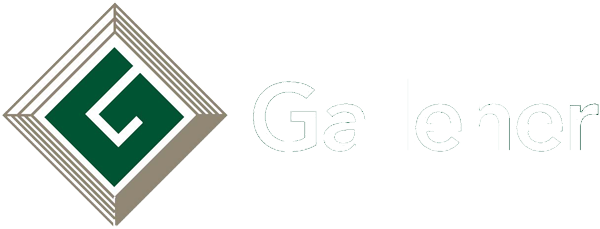Texturing
Texture is one of the defining characteristics of a hardwood floor. Different techniques applied to different species bring out unique characteristics that can enhance or reduce the impact of the natural structures of the wood, and provide the foundation for unique finishing effects. From sleek subtle elegance to rugged beauty, we invite you to learn about the techniques flooring manufacturers use to give your floor its feel and create the canvas for your final color.
Sanding
A sanded (smooth) floor will have fewer nooks and crannies that might collect dirt, but it also may show dings and scratches more readily than a floor with more texture. In low angle light, any imperfection in a smooth sanded surface will be easily visible. Dirt, pet hair, and other debris also may be more easy to see on a smooth floor.
Wire Brushing
Wire-brushing is a technique for removing some of the wood from the grain lines in the board’s surface to accentuate the natural structures of the wood. Each board is passed under metal or nylon wires affixed to a spinning wheel, and only the softer, open grain ‘springwood’ fibers are removed, leaving the harder surrounding wood intact. Depending on the pressure, type of wire, and a variety of other factors, wire-brushing can be adjusted infinitely and is one of the key disciplines in the art of fine floor manufacturing.

In addition to giving the wood a more natural ‘feel’ by allowing us to both see and touch the structure of the wood, wire-brushing opens the door to additional finishing techniques. It is particularly useful in creating two-tone colors, where one color is left down in the brushed grain to contrast with another color on the surrounding smooth areas. Wire-brushing also provides grooves where reactive stains can accumulate and react more deeply with the tannins in the wood, accentuating the antiquing effects of the reactive stain.
One potential downside of wire-brushed flooring is that dirt can accumulate in the brushed grain. With very light floors, this dirt will be more visible. In kitchens, busy homes, and high traffic commercial spaces, be aware that a light toned wire-brushed floor will require occasional ‘deep cleaning’ with a cleaning implement capable of removing grime from the brushed grain (wood floor cleaning machines such as the Bona Floor Scrubber or Basic Dirt Dragon are great for this purpose). Another potential drawback to a wire-brushed surface is that if a hard object is dragged across the surface of the floor, the raised ridges in between the open grain lines could be more susceptible to being damaged or broken off, although this is generally not an issue unless the brushing is very deep.
Heavy Wire Brush Angled View
Medium Wire Brush Angled View
Light Wire Brush Angled View
Medium Wire Brush Top View
Medium Wire Brush Top View
Light Wire Brush Top View
Handscraping
Before the advent of machines for sanding floors, craftsmen sometimes used specialized knives to scrape floors after installation in order to smooth out any height differences between planks. The subtle undulations in the surface left behind by this process can be quite beautiful. Today, manufacturers hand-scrape floors in a variety of different styles to emulate that original, old-world look. Hand-scraping breaks up reflected light, and also slightly densifies the surface of the wood, so generally speaking, a hand-scraped floor hides wear and tear fairly well. The occasional ‘chatter’ marks (like little washboards) that are inherent to most styles of hand-scraping add some rustic appeal that also tends to help dings blend in. However, if a floor is aggressively hand-scraped with pronounced ridges and valleys, those ridges are exposed to more concentrated abrasion and can wear prematurely if the floor is not well maintained.

Heavy Hand-scrape Angled View
Medium Hand-scrape Angled View
Light Hand-scrape Angled View
Heavy Chatter Scrape Angled View
Heavy Hand-scrape Top View
Medium Hand-scrape Top View
Light Hand-scrape Top View
Heavy Chatter Scrape Top View
Hand Scraping: Additional Information
Hand scraped floors first became popular in the 1980’s in the most exclusive homes in Southern California, where high-end custom installation contractors began scraping floors after installation in order to replicate European floors that were hundreds of years old. Over time it became clear that these hand scraped floors actually resisted the appearance of normal wear better than other flooring products. Soon larger mass-production factories began mimicking the look, and hand-scraped floors became popular throughout the industry. Techniques have evolved over the last 20 years and many factories now utilize machines to help create this look, while others continue to believe that only true hand-scraping provides the authentic look and feel of those original European floors. As trends have evolved, many designers now choose a less aggressive scrape to create a soft, sculptured effect. Others continue to like aggressively scraped floors that showcase the human touch that shaped them.
Other Techniques
Other less common textures include
Cobbled edges
Pillowed edges
Circle saw or bandsaw marks
Round or square pegs















